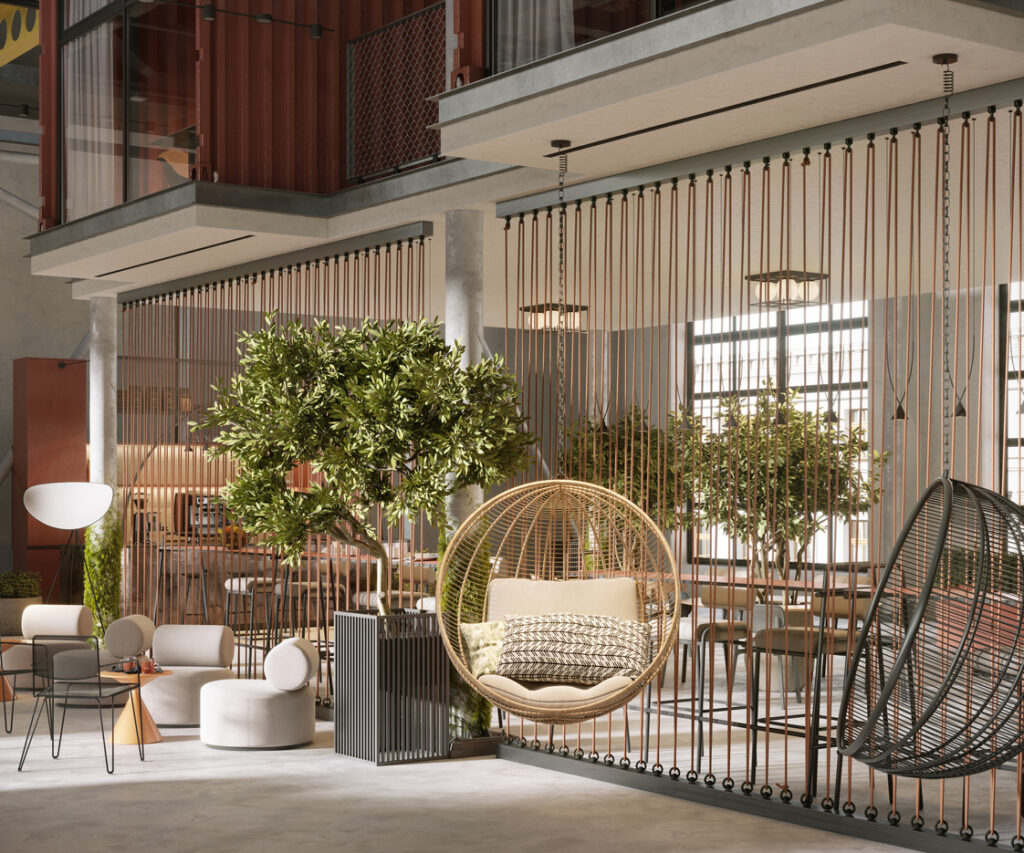The challenges of climate change are forcing us to be more mindful of how our lifestyle affects the environment. And one of the ways we can be more responsible citizens is by making sure we use eco-friendly materials in our homes. Here are some excellent home design ideas.
Use sustainable materials
Recycled furniture and décor made from sustainable materials are less environmentally harmful than their modern counterparts. They’re easier to maintain and alter.
Rattan and bamboo, for example, are water and weather-resistant. Both are compact, lightweight, comfortable, versatile, and budget-friendly. They can be used as material for headboards, chandeliers, towel holders, and so on. Bamboo can even be used for flooring and roofing. This favorite material for outdoor furniture can also repel insects.
Go big on plants
Indoor plants can help get rid of toxins and enhance air quality. Moreover, they bring us closer to nature. Studies have shown that plants can boost physical and mental well-being by making us breathe easier and focus better. They also help cool the air, especially during summer.
As decorative items, plants are space-friendly. Herbs can be grown in small pots and used as table décor. Hang them inside your home to brighten up a gloomy space. You can also use your household plants to minimize noise and conceal unappealing views.
Use eco-friendly paint
Choose paint with low or zero VOC (volatile organic compounds). VOCs in paint are released into the air when the paint dries and can bring about symptoms like headaches and dizziness. Although their long-term effects are not yet certain, the U.S. Environmental Protection Agency says that some VOCs can cause cancer. The lower the VOC content in paint, the better for your health.
Choose environmentally sound lighting
LED light can save you up to 190 terawatt hours of power annually. It lowers energy use, requires less maintenance, lasts longer, and drastically cuts power bills.
Another cool advantage (literally) of LED lighting is that it doesn’t radiate heat, eliminating burn hazards, and helps keep the temperatures in a space
comfortable. LEDs also lower the incidence of wasted light and energy by focusing light in only one direction.
To better conserve energy, switch off lights during the daytime and open your curtains to let in natural light.
Use non-toxic roofing and flooring
Bamboo, cork, glass tiles, linoleum, polished concrete, reclaimed hardwood, and wool carpets are not only appealing but also eco-friendly materials for floors. Meanwhile, you can use clay roofing tiles, green roofs, wood shakes, solar panels, and metal roofs made of aluminum, steel, zinc, and copper as sustainable roofing materials.
When you’re ready to go green or greener, you’ll find plenty of resources throughout the D.C. metro area. The region as a whole has long been a leader in green building. If you’re in Bethesda and want to get involved in environment-focused community projects, for example, check out the programs at Bethesda Green.
Want more eco-friendly home decorating ideas? Browse the blog and call the team at Heller Coley Reed today at 240.800.5155. Or send a message here if you need help from a seasoned D.C./Bethesda real estate agent.
